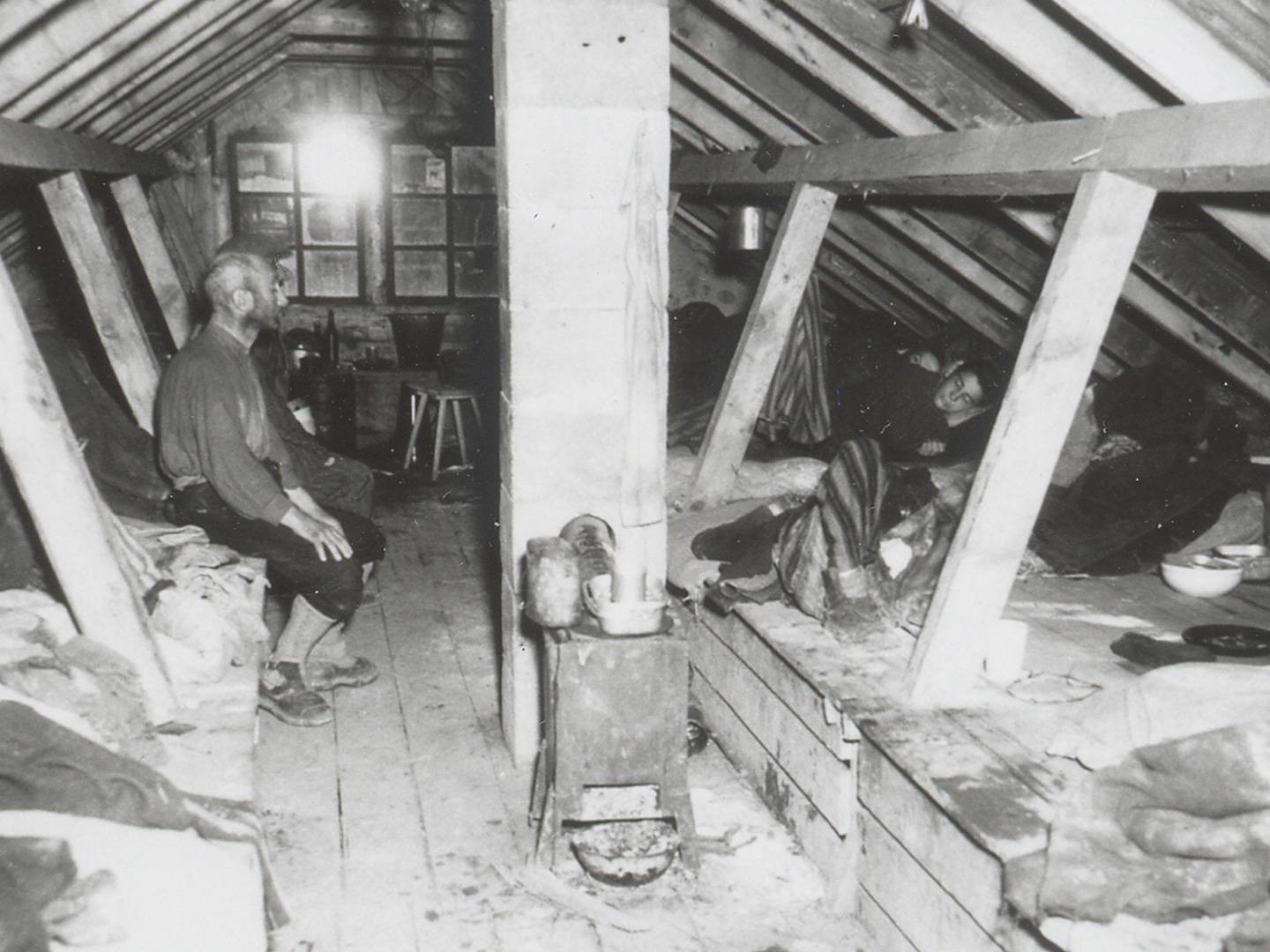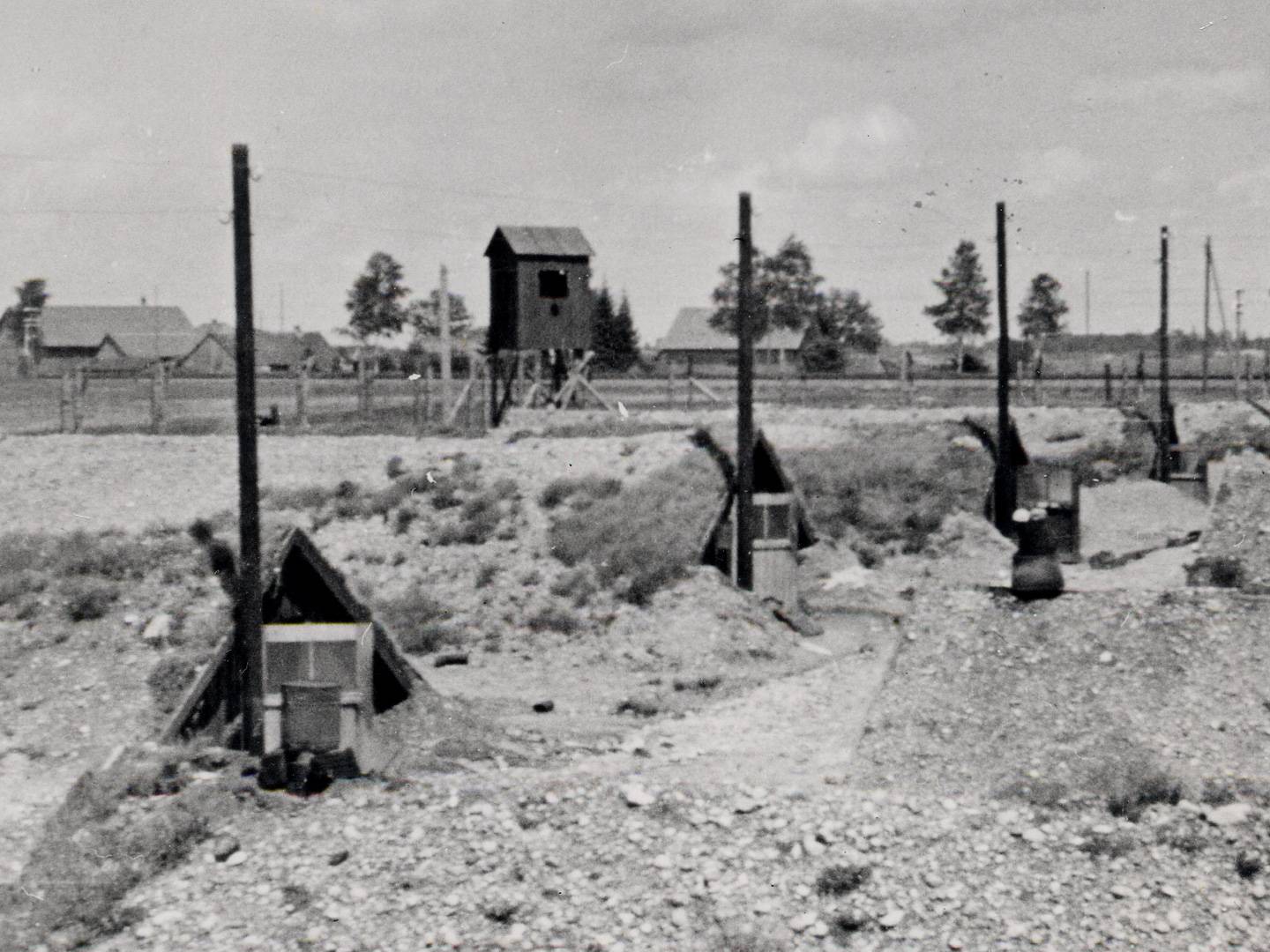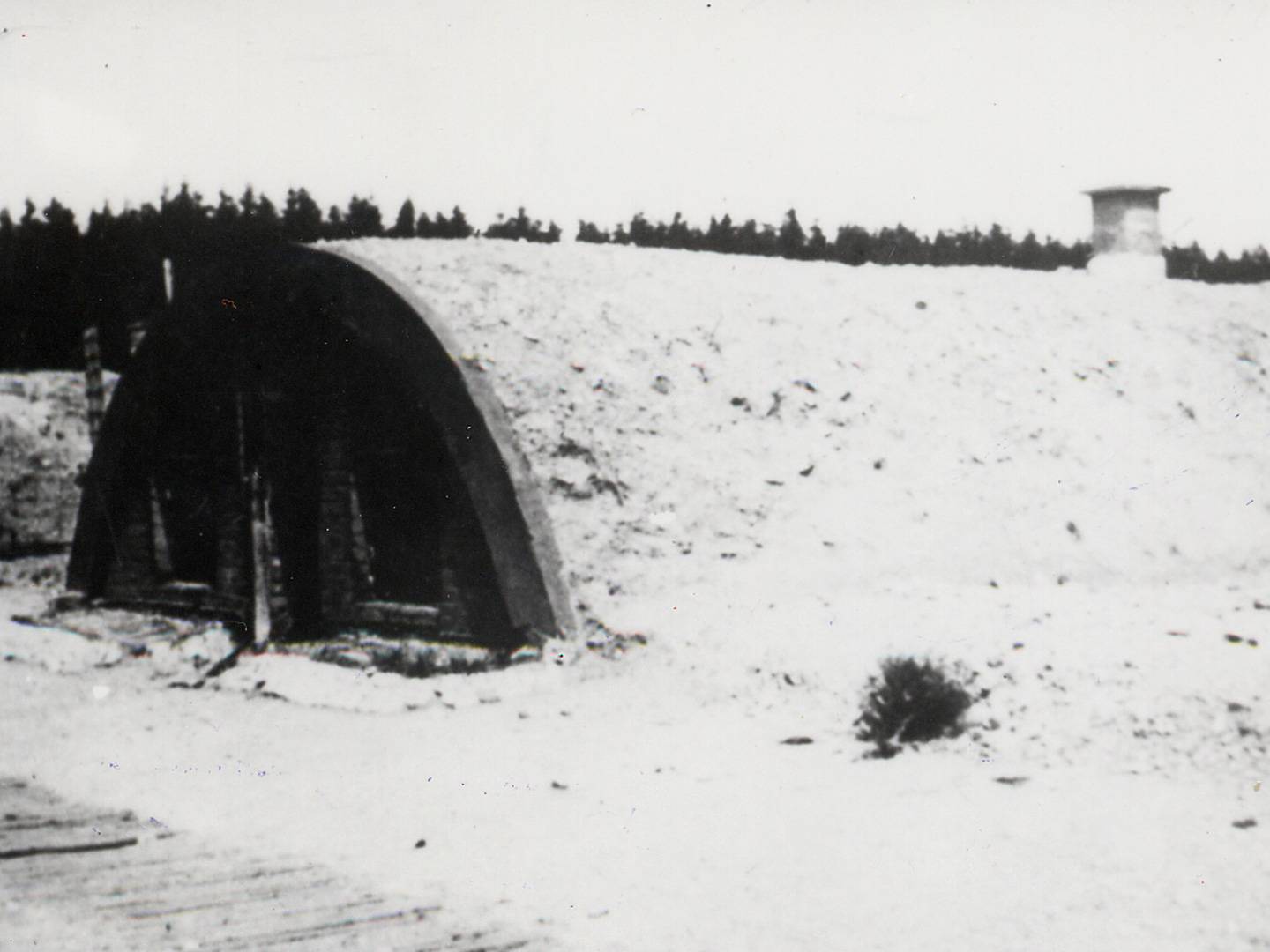Living conditions
The prisoners at Landsberg/Kaufering concentration subcamp lived in catastrophic hygienic conditions. The overcrowded barracks were a breeding ground for vermin and favoured the spread of disease.
The concentration camp prisoners suffered from food shortages and suitable clothing, which spelt death for many particularly during the winter months. The daily meal in the camp mainly consisted of a thin soup and some bread. Those who fell ill received less than the other working prisoners.
The concentration camp prisoners suffered from food shortages and suitable clothing, which spelt death for many particularly during the winter months. The daily meal in the camp mainly consisted of a thin soup and some bread. Those who fell ill received less than the other working prisoners.
Concentration camp prisoners were also at the mercy of the brutality metered out by SS guards, the OT and the kapos. Abuse was part of every day life.
I had to be disinfected. There were around ten fellow prisoners, living skeletons, who had to go under the showers. We held on to one another tightly so as not to fall. Snow fell and it was bitterly cold. The showers were primitive and only had cold water. I fell unconscious… After showering we had to go to another barracks where our clothes were piled up so that we could get dressed. We had to walk 100 metres in the snow – completely naked.
– Albert Menasche about camp conditions
In late 1944/early 1945, sick people started to be transferred to Kaufering IV concentration subcamp (death camp) and Kaufering VII. Prisoners received scant medication there. The deceased were at first temporarily stored in death barracks and then taken to the crematorium of Dachau concentration camp. From September/October 1944, the dead were buried in mass graves on-site.
In light of the terrible living conditions, the death rate in subcamps and construction commandos was correspondingly high. Camp commander Otto Förschner estimated up to 200 deaths per week.




